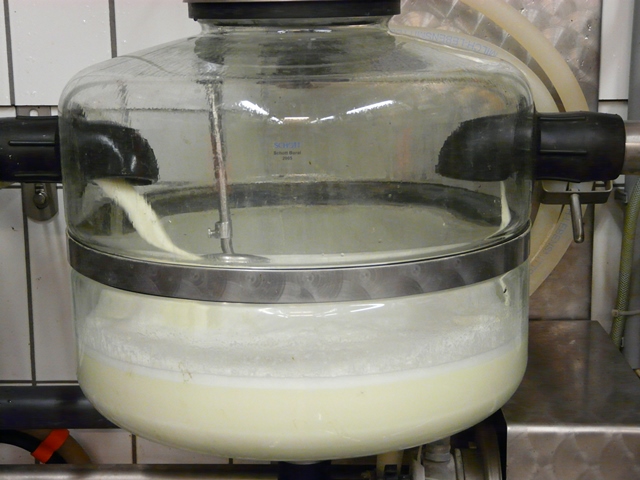Feeding influences not only the amount of milk and the content of milk fat, protein, lactose and urea but also fatty acids, vitamins and metabolic products. In recent years, research has made great progress in cost-effective routine analysis methods.
Infrared analysis
Infrared analysis is methodically promising for obtaining data from milk. It is cost-effective, chemical-free and non-destructive and can be carried out very quickly. The milk is “illuminated” with infrared light of medium wavelength and the reflection of the light, which depends on the composition, is recorded separately for each wavelength. These large data sets are already generated today, for example when analyzing milk ingredients as part of milk performance monitoring. In Austria, too, research is currently underway to increase the use of infrared data.
Making quality measurable
In order to make the quality of products comprehensively measurable, special ingredients (fatty acids, vitamins, etc.) and regional origin are examined, for example. As part of a research project at the HBLFA Raumberg-Gumpenstein, the influence of ration composition and feeding on the mid-infrared spectrum of cow's milk is now to be investigated. The possibilities of using these methods for the retrospective assessment of ration design and ration composition in dairy cows are examined. The results can be taken into account in dairy cattle breeding (e.g. describe environmental effects) in order to better recognize efficient animals. The process could also be used in quality assurance, for more quality-dependent payment and for marketing. This can help reduce the anonymity of milk on the market.
This creates opportunities to ensure sustainable milk production on family farms in our regions!
|
Title of the research work: Project management: Project employee HBLFA Raumberg-Gumpenstein: Duration: 2015-2016 |






